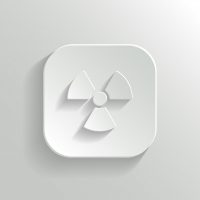
The Department of Energy’s Pacific Northwest National Laboratory (PNNL) is partnering with medical isotope producers to enhance nuclear explosion monitoring initiatives.
The collaboration involves monitor installation to lend greater insight regarding emission levels and timing. The endeavor would enable governments and agencies watching for signatures of nuclear explosions to easily assess readings and ensure emissions from medical isotope production are not misinterpreted.
PNNL worked with the Australian Nuclear Science and Technology Organization (ANTSO) in October to install a detector system at ANSTO’s medical isotope production facility in Lucas Heights, Australia, officials said, adding previously the partnership resulted in the Institute for Radioelements in Fleurus, Belgium, installing a monitor in its effluent stack.
“These first-of-their-kind sensor systems, one in each hemisphere, will help with international measurements for detecting underground nuclear explosions,” Judah Friese, principal investigator at PNNL, said. “While these are the first companies to install these systems, more installations are planned at locations around the globe to increase confidence in international nuclear explosion monitoring.”
Medical isotopes are used daily around the world to visualize and diagnose cancer, heart disease, and other serious ailments, but their production can emit gasses that, while posing no danger to the public, have features that look similar to those produced by a nuclear explosion.




